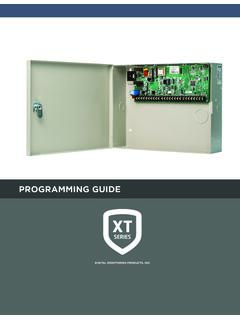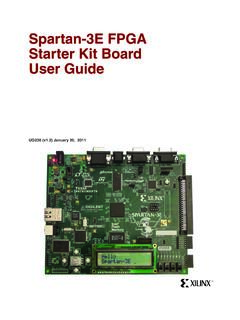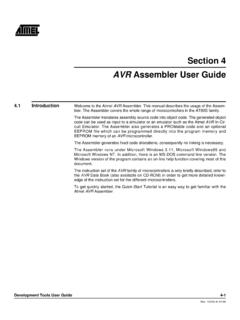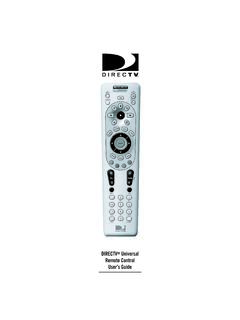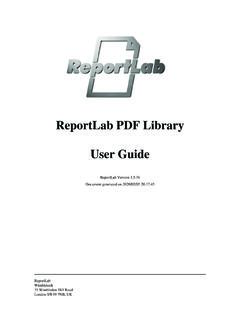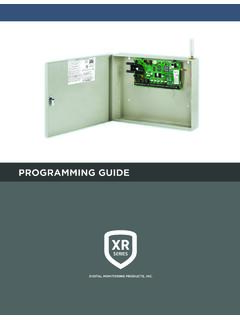Transcription of CLIPS 6.4 User’s Guide
1 CLIPS user s Guide by Joseph C. Giarratano, Readme 3 ..Just the Facts 6 ..Following the Rules 24 ..Adding Details 33 ..Variable Interests 40 ..Doing It Up In Style 53 ..Being Functional 63 ..How to Be in Control 74 ..Matters of Inheritance 82 ..Meaningful Messages 98 ..Fascinating Facets 111 ..Handling Handlers 118 ..Questions and Answers 147 ..Support Information of ContentsReadme The first step on the road to wisdom is the admission of ignorance. The second step is realizing that you don t have to blab it to the section was formerly called the Preface, but since nobody read it, I renamed it to a more conventional title that computers users are conditioned to obey.
2 Another suggestion was to call this the Don t Readme section, but since people today believe everything they read, I was afraid they really wouldn t read purpose of a Preface, oops, excuse me, a Readme, is to provide metaknowledge about the knowledge contained in a book. The term metaknowledge means knowledge about the knowledge. So this description of the Readme is actually metametaknowledge. If you re either confused or intrigued at this point, go ahead and read this book anyway because I need all the readers I can get. What Is CLIPS ? CLIPS is an expert system tool originally developed by the Software Technology Branch (STB), NASA/Lyndon B.
3 Johnson Space Center. Since its first release in 1986, CLIPS has undergone continual refinement and improvement. It is now used by thousands of people around the is designed to facilitate the development of software to model human knowledge or are three ways to represent knowledge in CLIPS : Rules, which are primarily intended for heuristic knowledge based on experience. Deffunctions and generic functions, which are primarily intended for procedural knowledge. Object-oriented programming , also primarily intended for procedural knowledge. The five generally accepted features of object-oriented programming are supported: classes, message-handlers, abstraction, encapsulation, inheritance, and polymorphism.
4 Rules may pattern match on objects and facts. You can develop software using only rules, only objects, or a mixture of objects and has also been designed for integration with other languages such as C and Java. In fact, CLIPS is an acronym for C Language Integrated Production System. Rules and objects form an integrated system too since rules can pattern-match on facts and objects. In addition to being used as a stand-alone tool, CLIPS can be called from a procedural language, perform its function, and then return control back to the calling program. Likewise, procedural code can be defined as external functions and called from CLIPS .
5 When the external code completes execution, control returns to you are already familiar with object-oriented programming in other languages such as Smalltalk, C++, Objective C, or Java, you know the advantages of objects in developing software. If you are not familiar with object-oriented programming , you will find that CLIPS is an excellent tool for learning this new concept in software development. What This Book is AboutThe CLIPS user s Guide is an introductory tutorial on the basic features of CLIPS . It is not intended to be a comprehensive discussion of the entire tool. The companion volume to this book is the CLIPS Reference Manual, which does provide a complete, comprehensive discussion of all the topics in this book and much more.
6 Who Should Read This BookThe purpose of the CLIPS user s Guide is to provide an easy to read, elementary introduction to expert systems for people with little or no experience with expert CLIPS user s Guide can be used in the classroom or for self-teaching. The only prerequisite is that you have a basic knowledge of programming in a high-level language such as Java, Ada, FORTRAN, C (OK, BASIC if nothing else, but we won t admit it in public and will disavow this statement if asked.) How To Use This BookThe CLIPS user s Guide is designed for people who want a quick introduction to expert system programming in a hands-on manner.
7 The examples are of a very general nature. Also, since learning a new language can be a frustrating experience, the writing is in a light, humorous style (I hope) compared to serious-minded, massive, and intimidating college textbooks. Hopefully, the humor will not offend anyone with a sense of humor. For maximum benefit, you should type in the example programs in the text as you read through the book. By typing in the examples, you will see how the programs should work and what error messages occur if you make a mistake. The output for the examples is shown or described after each example. Finally, you should read the corresponding material in the CLIPS Reference Manual as you cover each chapter in the CLIPS user s Guide .
8 Like any other programming language, you will only learn programming in CLIPS by writing programs in it. To really learn expert system programming , you should pick a problem of interest and write it in CLIPS . AcknowledgmentsI greatly appreciate the advice and reviews of this book by many people. Thanks to Gary Riley, Chris Culbert, Brian Dantes, Bryan Dulock, Steven Lewis, Ann Baker, Steve Mueller, Stephen Baudendistel, Yen Huynh, Ted Leibfried, Robert Allen, Jim Wescott, Marsha Renals, Pratibha Boloor, Terry Feagin, and Jack Aldridge. Special thanks to Bob Savely for supporting the development of CLIPS .
9 Editor s NoteMinor changes have been made to Dr. Giarratano s original document to reflect changes in newer versions of CLIPS Gary Riley. Chapter 1 Just the FactsIf you ignore the facts, you ll never worry about being wrongThis chapter introduces the basic concepts of an expert system. You ll see how to insert and remove facts in CLIPS . IntroductionCLIPS is a type of computer language designed for writing applications called expert systems. An expert system is a program which is specifically intended to model human expertise or knowledge. In contrast, common programs such as payroll programs, word processors, spreadsheets, computer games, and so forth, are not intended to embody human expertise or knowledge.
10 (One definition of an expert is someone more than 50 miles from home and carrying a briefcase.) CLIPS is called an expert system tool because it is a complete environment for developing expert systems which includes features such as an integrated editor and a debugging tool. The word shell is reserved for that portion of CLIPS which performs inferences or reasoning. The CLIPS shell provides the basic elements of an expert , and instance-list: Global memory for data : Contains all the rules, the rule-base engine: Controls overall execution of rules A program written in CLIPS may consist of rules, facts, and objects.
